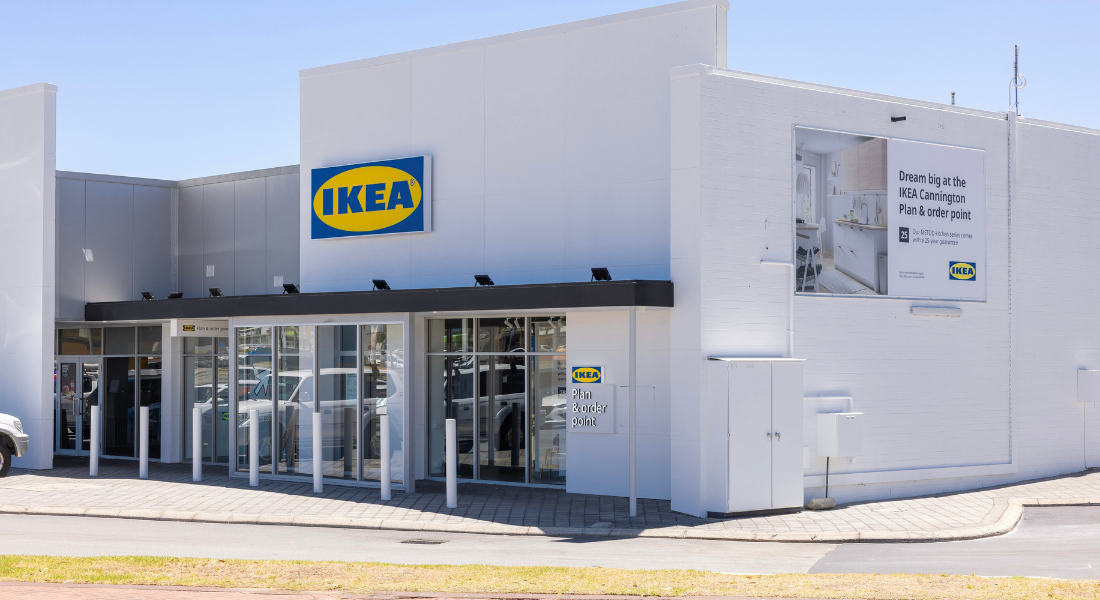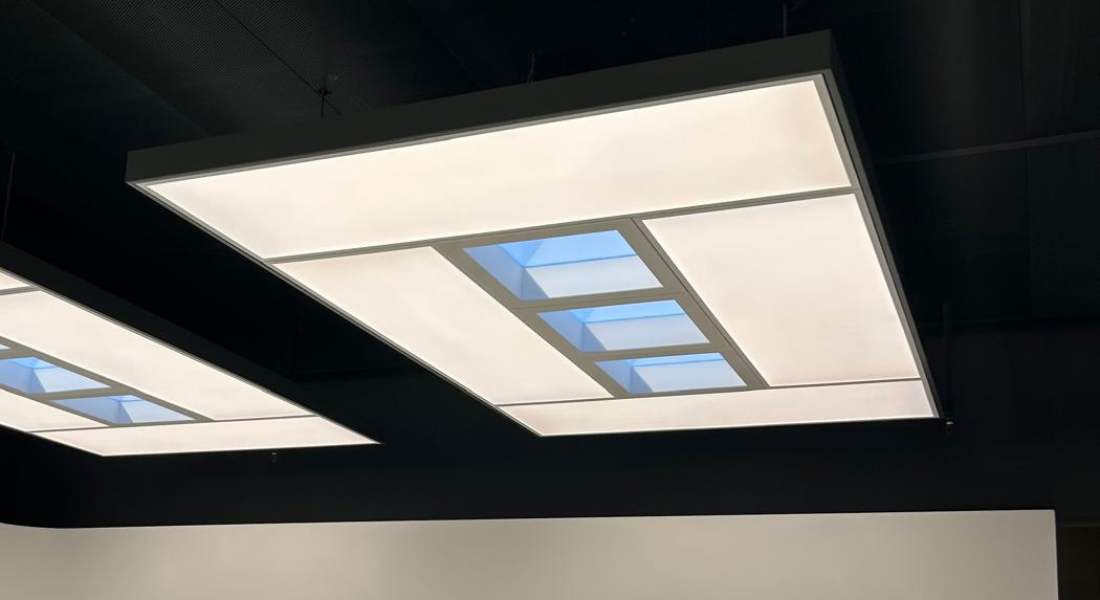The State of Retail and Real Estate in Germany

To compare the state of retail and market trend in Germany and across Europe, Large Format Retail Study Tour participants had the privilege of hearing from Mike Zoller, Senior Managing Director and Partner at FTI-Andersch.
Mike primarily works with global mid-sized companies, with 20 years of experience as an economist. Currently, his main area of responsibility and expertise is in restructuring and transformation projects.
With Mike’s specialist knowledge in the retail, real estate and the logistics sector, he was able to provide LFRA Study Tour attendees some invaluable insights into the comparing markets and across Europe.
Mike introduced some of the key trends in the German market which are challenged by multiple structural trends which have proved to be cracks in the economic model beginning in 2019 and widening since.
Similar to the trends identified at FTI Consulting in the Netherlands, the energy transition has affected industrial competitiveness as German gas prices remain six times higher than the US price level, supply chain woes and the ongoing unravelling of geopolitics.
In contrast to the Netherlands, the demographic changes of working populations are projected to shrink significantly within the upcoming, in several sectors, with labour shortages already at alarming levels.
Businesses and consumers currently share a muted outlook, particularly with external geopolitical pressures like the war in Ukraine. As Germany has entered a recession, 2019 GDP levels are not projected to be reached until 2024.
Among the top 8 global economies, Germany ranks second-last in terms of mid-term GDP growth.
In terms of retail trends, those that were emerging in the 2010s were accelerated by COVID-19, with the last three years having been extremely challenging for brick-and-mortar retailers.
Some of the biggest challenges facing retail are long COVID, market rationalisation, labour shortages, omnichannel integration and the transformation of brick-and-mortar to compete with e-commerce pure players.
Until now, rebounds in brick-and-mortar visitor frequencies have only been temporary. E-commerce grew strongly in 2020 – 21. Since the Ukraine war, retail revenues have been declining across channels.
Inflation is also putting immense pressure on the retail sector, with consumers increasingly “trading down” to more affordable alternatives and curbing discretionary spending.
Nominal figures obscure the fundamental downturn since the start of the Ukraine war. Generally, furniture exhibits a high degree of seasonality, with revenues peaking in the winter months. Like other retail sectors, furniture revenues have dropped in real terms since early 2022.
Historically, production headcount was highly linked with revenues and given the development of retail revenues, this may also indicate trouble for the future ahead.
Some of the largest and current headline stories which paint a prime picture of the current landscape includes one of Germany’s largest department chains with revenues exceeding €4 billion prior to COVID-19 has entered insolvency twice in the last three years, despite being a recipient of more than €500 million in state support to weather the pandemic.
This article is one of a ten-part series from the LFRA Overseas Study Tour 2023.




